| TCPs based on an abstract thought or concept are categorized as Abstract-Type.
Abstract-type TCPs appear fairly standard, with the exception of special eyespots and markings on their body. In ascended form, they tend to hover slightly off the ground, as well as gain an extra pair of arms as well as some kind of halo or aura.
Abstract types typically do not have an ability in base form, but can change into their ascended form for a few seconds at a time at the cost of health. While in this form, they gain an ability related to the basis of their typing, and can use this ability as much as they like while in their ascended form, usually only once or twice due to the short amount of time they have. |
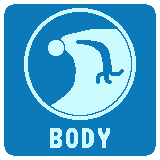 | TCPs based on a body part or sickness are categorized as Body-type.
Body-type TCPs are generally larger than most TCPs, and have digitigrade legs and elongated necks. They usually either contain a large amount of the body part they are based on, or appear altered to resemble a single body part.
Body-types can place body parts according to their typing on or within any surface, including living things, at the cost of health. |
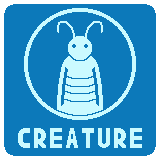 | TCPs based on a living creature of some sort are categorized as Creature-type.
Creature-type TCPs can have a wide variety of different appearances depending on the creature they're based on. While they tend to share a lot of physical characteristics with the basis of their type, they will still appear somewhat feline.
Creature types do not typically have an ability that they can activate at will, but rather a passive ability that affects everyone nearby. |
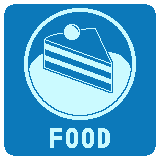 | TCPs based on edible materials or other consumables are categorized as Food-type.
Food-type TCPs can come in a wide variety of shapes and sizes depending on the food they are based on, but will usually have a harmless cross-section, revealing their internal fluid without allowing any to escape.
Food types can remove parts of their own body to feed to other TCPs. These food bits may do different things depending on the type of TCP. Most foods restore health, but others might hurt the TCP instead. |
 | TCPs based on a material or shape are categorized as Form-type.
Form-type TCPs usually have a standard body shape, but their entire body is composed of a material of their typing.
Form types can change objects they touch into whatever material or shape they represent at the cost of health. |
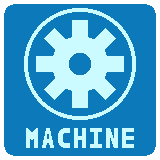 | TCPs based on an appliance or device are categorized as Machine-type.
Machine-type TCPs do not have any strict rules as to their appearance, but they generally either resemble the basis of their typing or have the basis of their typing incorporated into their body in some way.
Machine types do not have a consistent sort of ability, but all machine types require some kind of input in order to produce some kind of output. |
 | TCPs based on a plant or other natural phenomenon are categorized as Nature-type.
Nature-type TCPs typically have one or more body parts replaced with the basis of their typing, most often the legs.
Nature types can either create the object their type is based on, or exert some form of control over existing objects- occasionally both. |
 | TCPs based on a container of any sort are categorized as Storage-type.
Storage-type TCPs usually resemble the basis of their typing to some degree. All storage types have some form of cavity within their body, allowing them to hold objects or other TCPs.
Storage types do not have an active ability, but rather they exert a passive effect on objects within them. |
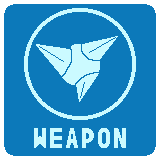 | TCPs based on a miscellaneous object are categorized as Weapon-type.
Weapon-type TCPs are usually fairly standard in appearance, with the exception of one or more objects sticking out of their body, sometimes replacing limbs entirely.
Weapon types can sacrifice health to produce the object of their typing, either on their body or entirely disconnected from them, allowing other TCPs to use the object. Some weapon-types can also activate existing objects on their body at the cost of health. |
 | Typeless TCPs were the first to be created by Wax, and served as a sort of prototype or baseline for every other kind of TCP. Typeless TCPs are also the only kind of TCP that are not referred to by their type, but instead by their size. Attempting to spawn a TCP-type TCP will result in a random Typeless TCP.
Typeless TCPs appear completely standard, and have no special markings or body shapes.
Typeless TCPs do not have any ability of any kind. |

